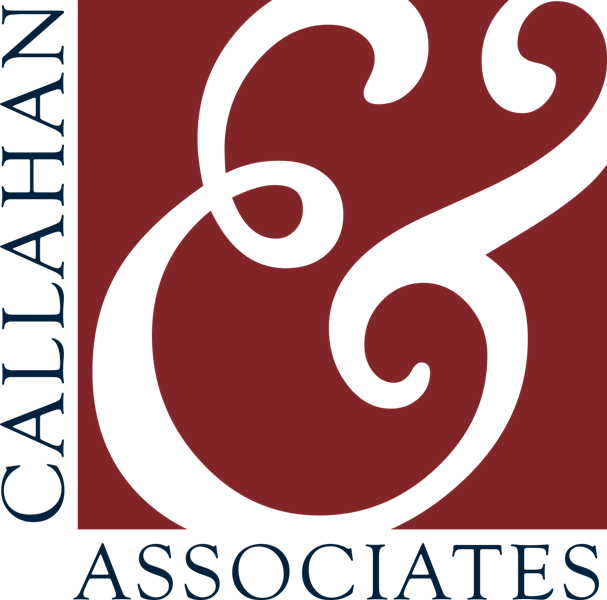Evolving sources of revenue within the credit union industry are making non-interest income a complex venture. And without a detailed breakdown of its components on the 5300 Call Report, credit unions have limited options to benchmark their non-interest income performance and composition compared to industry peers.
In July 2016, Callahan Associates surveyed 170 credit union executives from 40 states to gain insight into their current and emerging sources of non-interest income.
In an effort to better understand the state of non-interest income at credit unions nationwide, the Callahan Associates’ 2016 Non-Interest Income survey focused on three overarching areas:
- Current and emerging sources of non-interest income.
- Policy implications on non-interest income.
- Priorities to enhance non-interest income.
Finding: Debit, credit, and prepaid card income rules non-interest income at credit unions.
Total card-related interchange and fee income, including debit, credit, and prepaid cards, accounted for 42.3% of total non-interest income in 2015. The largest component of non-interest income among survey respondents was debit card interchange and fee income, which accounted for 30.2% of total non-interest income.
Credit card interchange and fee income reached 12.0% in 2015, which shows a growing role in non-interest income for credit unions. High consumer confidence and spending, as well as new and improved reward programs at credit unions, contribute to this growing concentration.
Prepaid card income is still minimal for credit unions, which was reflected in its 0.1% concentration of total non-interest income. Despite this low dependency, there is a growing focus on prepaid cards within the credit union industry, especially among financial health advocates.
Read The Report
What new sources of non-interest income are right for your credit union? Click here to access the reports available for Callahan Leadership and Membership clients.

Finding: The top three emerging areas for new non-interest income include real estate, insurance, and investment income.
Nearly one-fifth (18.8%) of respondents noted mortgage sales, servicing rights, and real estate lending fees were on their priority list in 2016. Gains on sales to the secondary market is not the only component of real estate income, but it did make up almost half (43.8%) of real estate income for participating credit unions, followed by servicing rights and fees, other real estate income, real estate application fees, real estate closing fees, and real estate late fees.
Although insurance sales made up only 5.1% of non-interest income at participating credit unions, roughly one-fifth (18.2%) of respondents noted this source of non-interest income is on their radar in 2016. Insurance sales include GAP coverage, warranty, property/casualty, credit insurance, and other types of insurance.
Roughly one-fifth (18.2%) of respondents noted broker-dealer sales and services were on their 2016 priority list. Meanwhile, income from this source was only 2.9% of responding credit unions’ total non-interest income. Investment income includes broker-dealer sales and services such as mutual funds, stocks, annuities, and other financial securities trading.
What Are You Missing Out On?
Callahan clients outperform nonclients in key metrics.
- They grow assets 1.6 times, members 2.4 times, shares 1.5 times, and loans 1.3 times faster.
- Their penetration rates are better by 1.5% in auto loans, 7% in credit cards, and 10.4% in share drafts.
- Their average member relationship is 27% higher.
- Their ROA is 36 basis points higher.

Finding: CFPB overdraft guidelines have had minimal impact but are pushing credit unions to plan for changes
Beyond non-interest income sources, roughly one-fifth of respondent (18.8%) said the CFPB has motivated their credit union to change its policies and procedures. More than four-fifths of respondents (81.2%) noted minimal to no overdraft service impact resulting from the CFPB guidelines.
Although most respondents experienced minimal impact, they voiced concerns about how damaging future regulations could be to their overdraft income. The impact could affect nearly one-quarter of the non-interest income portfolio, as checking and savings income, including non-sufficient funds (NSF)/courtesy pay, accounted for 23.3% of total non-interest income among respondents. The percentage is generally higher for credit unions with fewer assets.